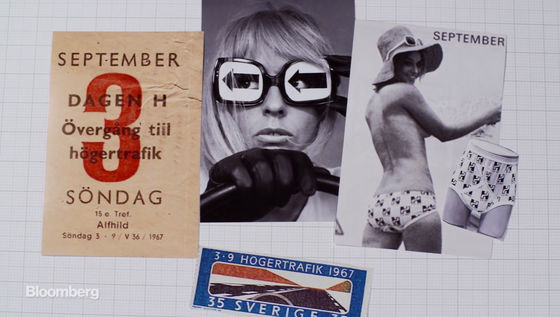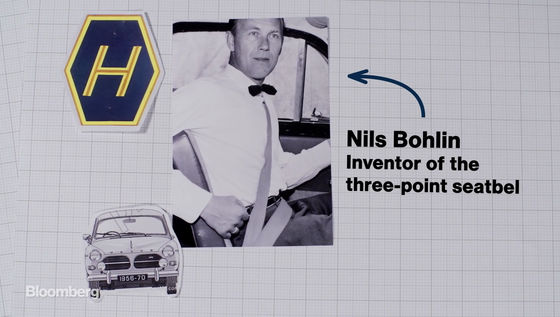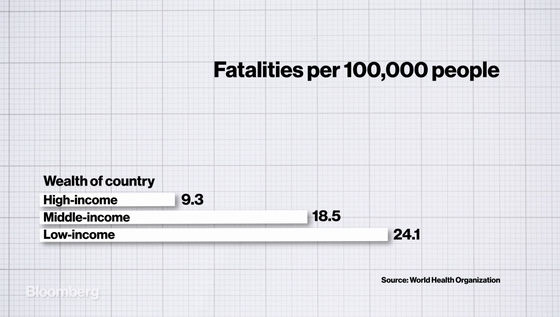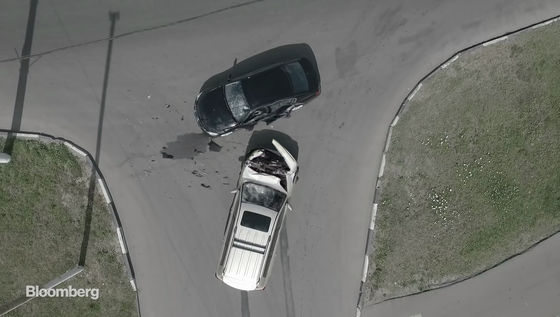Why are there few traffic fatalities in Sweden?

There are very few traffic accidents in Sweden, and in the survey of 2015, the number of people who died in traffic accidents in the country is only 263 people. This is 2.8 people when converted to the per 100,000 people, it is known as the country with the fewest number of traffic accident deaths in the world. Sweden used to be a large number of people who died in a traffic accident before, but how Bloomberg overseas media is getting closer to how the victims of traffic accidents have been reduced.
How Sweden Nailed Road Safety - YouTube
Speaking of Swedish automakers, Volvo and Saab are well known and cars of these brands generally have a reputation for high vehicle safety.


The safety of this car has also influenced the number of Swedish traffic fatalities. Indeed, the number of people who died in world traffic accidents is 17.4 people per 100,000 people, but in Sweden it recorded an amazing number of 2.8 people per 100,000 people, the world's number of traffic accidents It is also known as a country with a small proportion of dead.

However, Sweden has not reduced the number of traffic accident deaths from long ago, but has reduced this figure not only by the safety of the car but also by government efforts. So let's see how Sweden has reduced the number of traffic fatalities.

In Sweden, the proportion of traffic fatalities increased as the number of automobiles in the country increased. In the 20 years from 1950 to 1970, the number of dead has doubled more than twice.

Although there were many people who passed away in a traffic accident, Sweden at the time was on the left side, there was a circumstance that "many people were on a left-hand drive car imported from abroad" It was a big cause of increasing death.

When the car of the left steering wheel actually moves behind the car running in the front, the view in the right front becomes very narrow.

When this road is a single lane on one side, when the following car moves to the oncoming lane to overtake the car running ahead, the danger of a head-on collision with the oncoming vehicle is very high, and in fact the death accident due to the head-on collision is over There was a problem that it was not.

The Swedish government, which has not seen this situation, will decide to introduce a revolutionary system on September 3, 1967. This is " to switch from left-hand traffic to right-hand traffic ." Moreover, this response was not a gradual process but a bold plan to switch all at once all over the night.

In order to replace left-hand traffic with right-hand traffic, it is necessary to review the location and content of road signs as high as 360,000 in Sweden, and to relocate bus stops etc., so the eve of the day of enforcement is very tough The work was done.

If you are switching the left-hand traffic to the right-hand traffic in one day, realization is possible just by gathering people. However, opposing the flow of traffic in one day has the risk of causing confusion for many people and leading to a serious accident.

Therefore, the Swedish government created a special team called "Rightlane Driving Commision". The government instructed the Rightlane Driving Commision to take an initiative to change to right-hand traffic without accidents.

Rightlane Driving Commision made various efforts to switch safely to the right side. This big campaign was named "Dagen H" which is a combination of "Dagen" meaning "day of the week" and "Högertrafik" having meaning of traffic on the right side. Sometimes it is called "H Day" in Japan.

Actually, Rightlane Driving Commision created a campaign song to inform "Switch to right-handed traffic" ...

We made goods such as eyeglasses and underwear, and PR "H Day" as a national event.

Such efforts have been successful, switching to the right traffic can be done smoothly, and the activity of the Rightlane Driving Commision has been very successful.

And the next year (1968) the Swedish government established the Road Safety Bureau. Later, we enforce various laws such as "lowering the speed limit", "obliging to wear seatbelts", "mandatory wearing of helmet".

At that time, Volvo invented a 3-point seatbelt, but under the initiative of the Swedish government, we are releasing patents free of charge so that cars around the world can adopt this seat belt technology. With the response of Volvo, every automobile manufacturer will adopt a three-point seat belt and succeed in saving the lives of many people around the world.

Since the establishment of the Road Safety Bureau, the number of vehicles in Sweden has increased more than twice, but the number of traffic fatalities has continued to decline year after year since recording 1307 people in 1970, In 2015 it decreased to 263 people.

Even now in 2018, Sweden continues to implement various initiatives such as "big money input", "drunken driving stricter", "strengthen crackdown on speed limit" for bicycle and road infrastructure.


Indeed, it is clear that in developed countries with high incomes, the number of people who die of traffic accidents is as low as 9.3 per 100,000 people ... ...

In the case of Sweden, due to aggressive efforts, the number of traffic accident deaths per 100,000 people is 2.6 people, the lowest value among developed countries is realized. However, the Government of Sweden is not satisfied with this and aims at "Vision Zero", which sets the traffic fatalities to 0 people. In order to achieve this, Sweden has been working on "H Day" on September 3, 1967 , We are continuing efforts that emphasize traffic safety.

However, there is a trade-off between traffic safety and convenience, there is a tradeoff in improving safety, the convenience decreases, increasing the convenience increases the accident. In Sweden, which has achieved "Vision Zero" in the future, I'm curious what the convenience of transportation is like.

Related Posts:







